Black Point Wildlife Drive
Located in the Merritt Island National Wildlife Refuge, Black Point Wildlife Drive is a 7-mile one-way road where visitors may view wildlife by hiking, from their bike, or the comfort of their cars. Restrooms are located at Stop 9.
The entrance to the Allan D. Cruickshank Memorial Trail is also located at Stop 9. It is a 5-mile walking trail complete with an observation tower. Leashed dogs are permitted to explore the trail with you. The Wild Birds Unlimited Trail is located at Stop 4. It passes between two ponds in full sun but is only 1/2 mile out and back.
Wildlife at Black Point Wildlife Drive thrives in and near the ponds, marshes, canals, and Pine Flatwoods. Look for birds including wading birds, shorebirds, and migratory birds. Raptors, alligators, turtles, river otters, bobcats, opossums, armadillos, snakes, and more call Black Point home. Animals are most active in the early morning and late afternoon.
Take time to explore as you make your way slowly through Black Point Wildlife Drive. Stop to admire the beauty of the animals who live there. Discover how they hunt, eat, play, and rest in their peaceful, natural habitat. Note how the sun shimmers off the waters and makes the colors of wildflowers more vibrant. Leave your cares behind, and for a time, immerse yourself in Nature and all her glory.
Photo Credit: Dan & Nancy Kon
For more information: https://www.fws.gov/…/Merri…/Black_Point_Wildlife_Drive.aspx

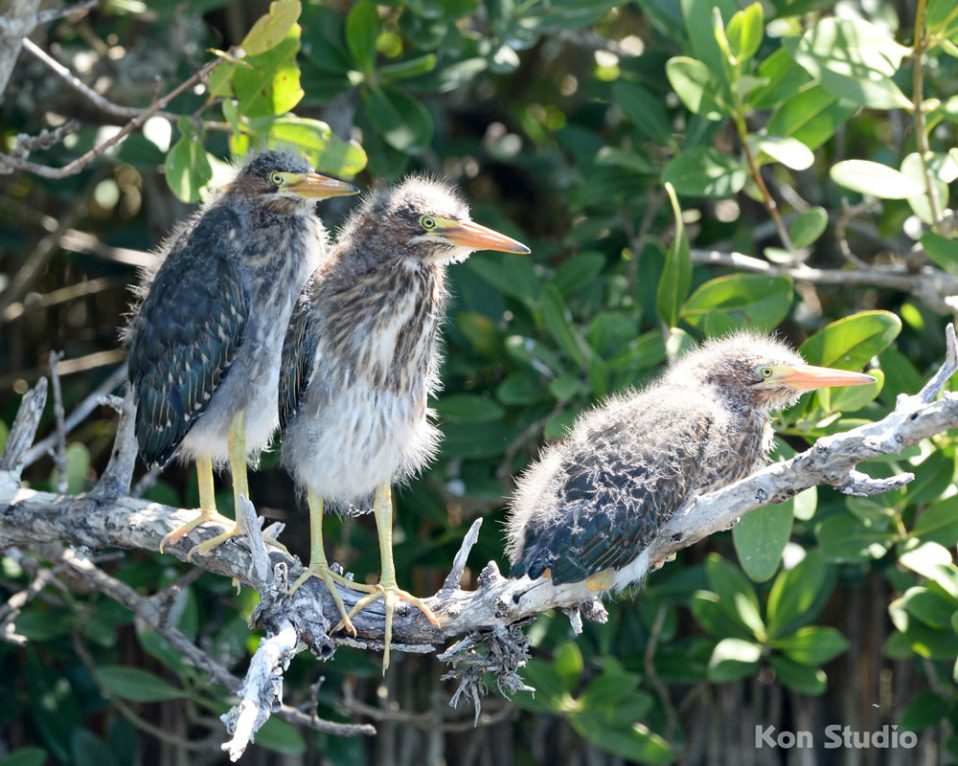
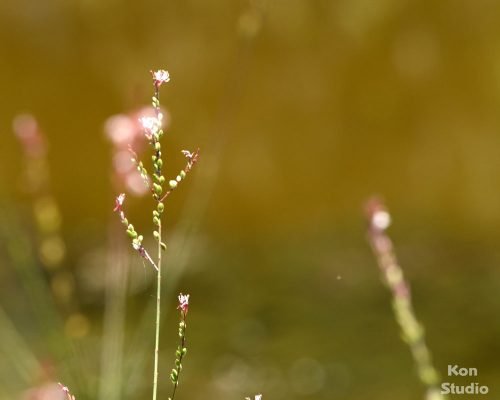
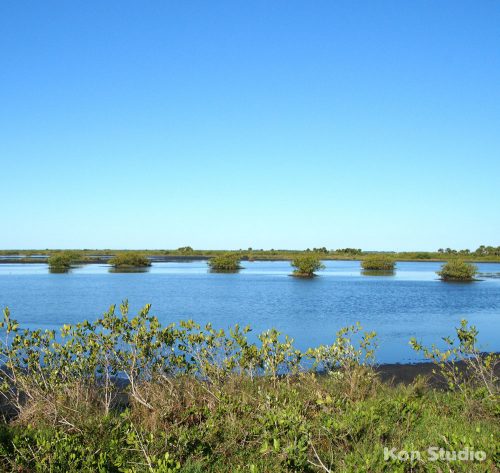
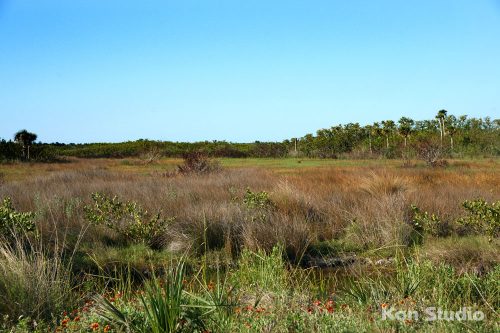
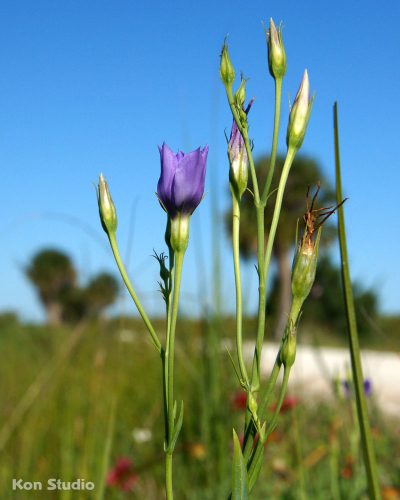
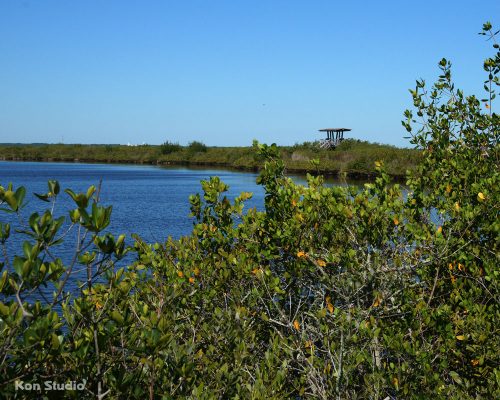
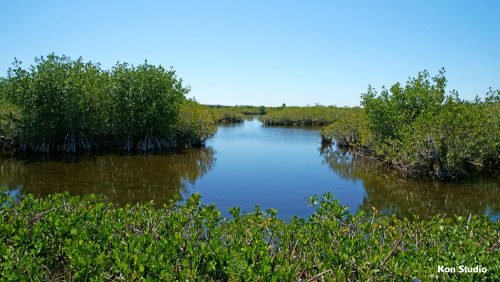
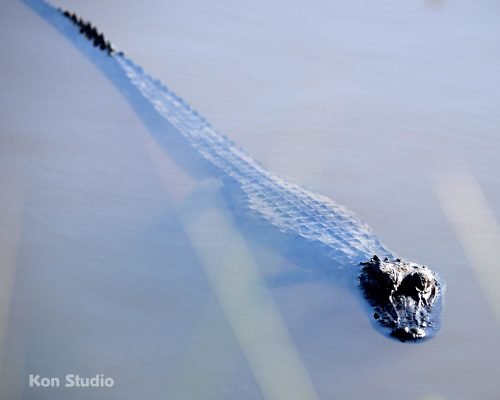
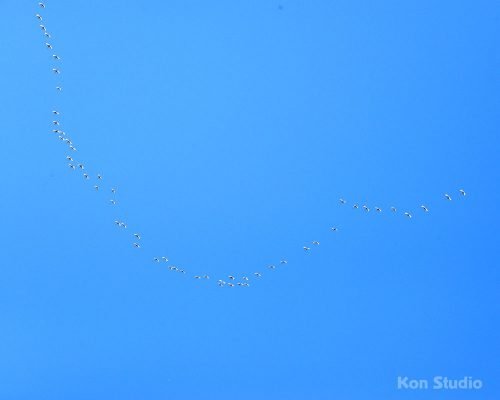
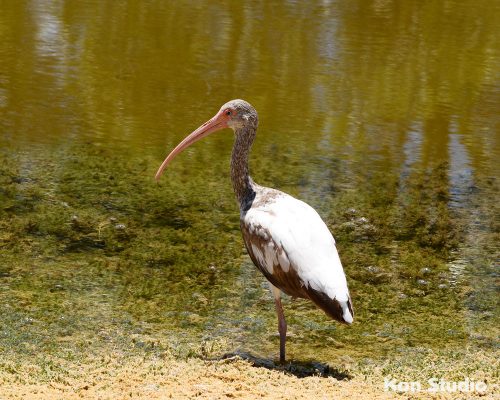
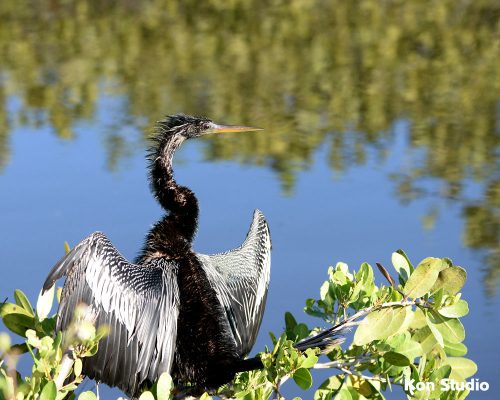
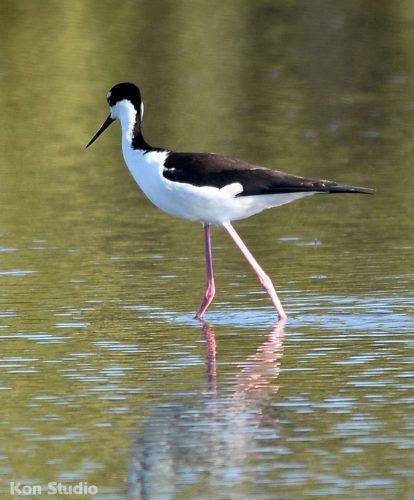
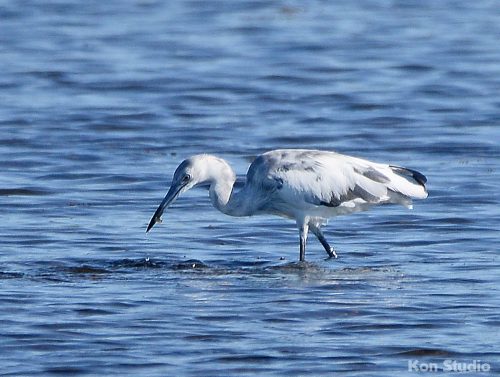
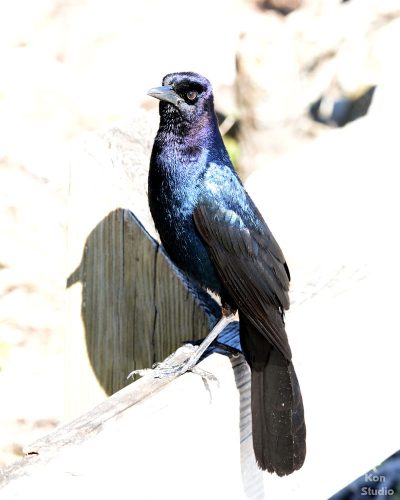
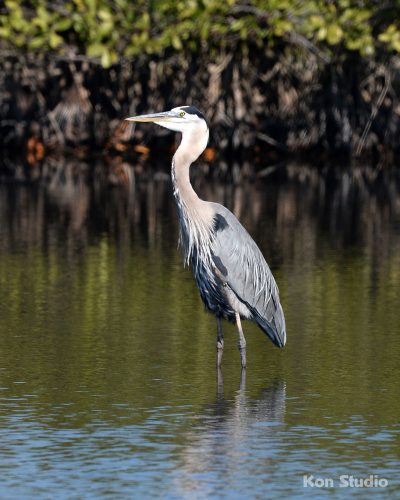
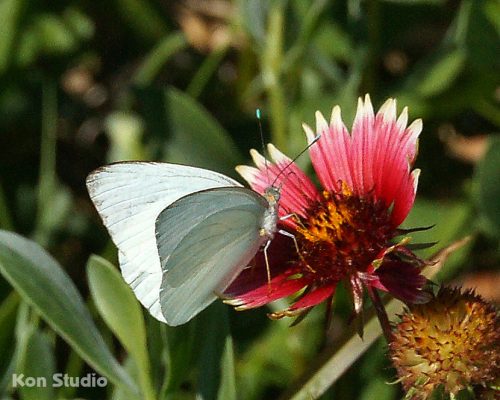
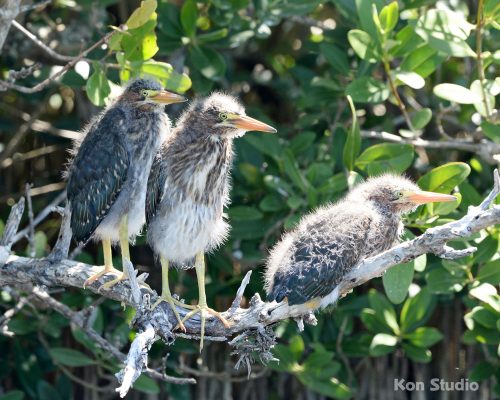

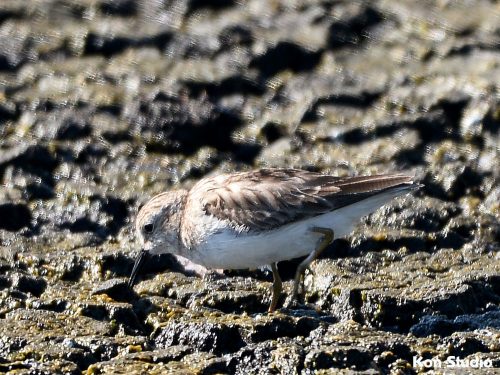
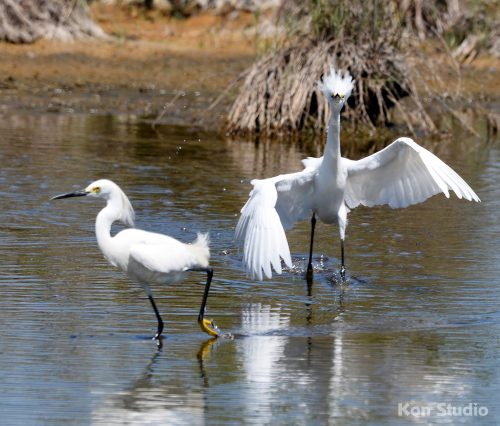
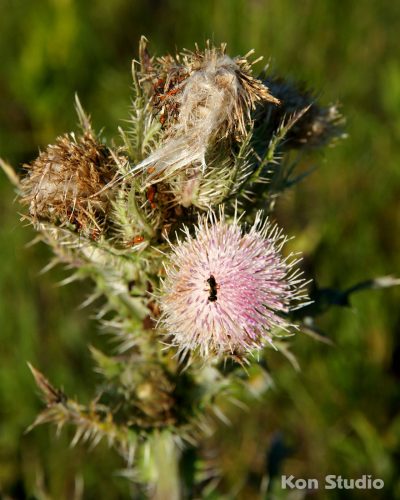
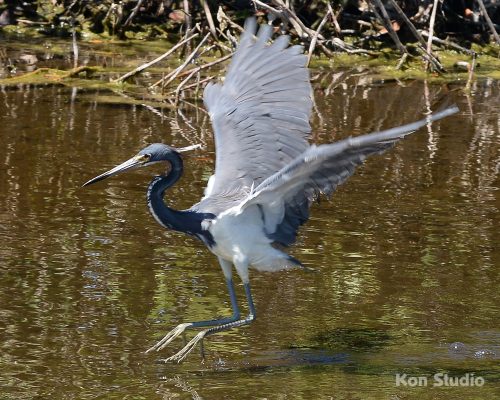
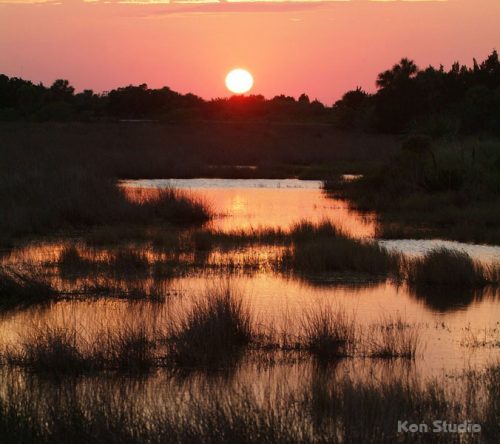
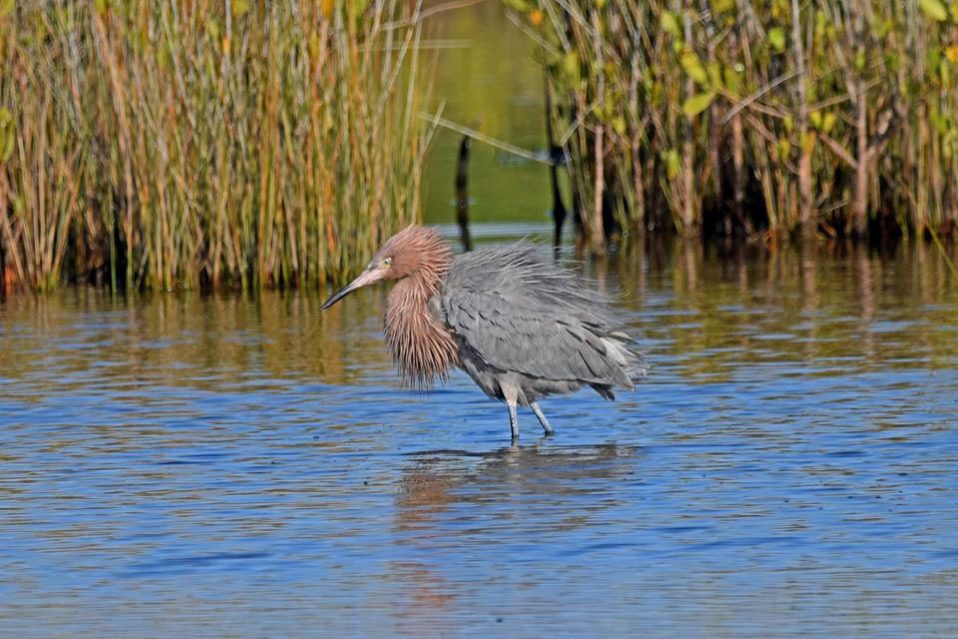
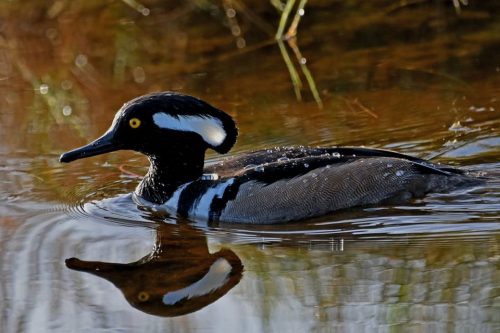


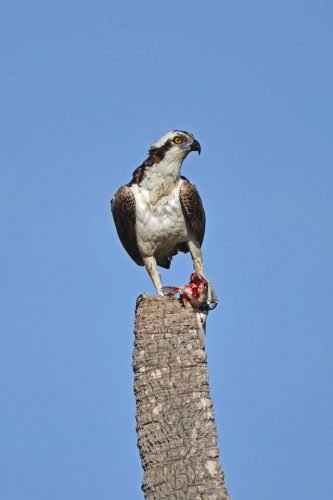

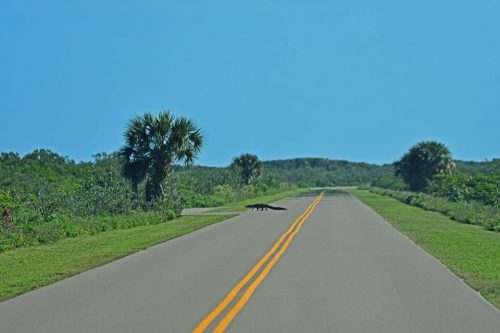
Recent Comments